Keihanna Science City is home to research institutions, universities, and companies actively engaged in research and development in a wide range of cutting-edge technologies in the fields of environment, energy, information and communication technology (ICT), bioscience, optical science, nanoscience, and manufacturing.
Advanced Telecommunications Research Institute International (ATR)
We do research and development in the fields such as brain information science, life-supporting robots, and wireless communications. Our research activities include developing a mental illness treatment using fMRI (Decoded Neurofeedback) and networked BMI (Brain Machine Interface) in order to help elderly and physically challenged people live with greater independence.
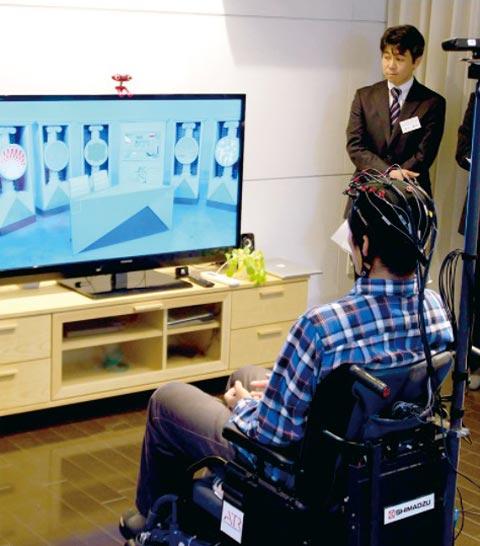
A "brain-machine interface" (ATR) to support autonomous daily life
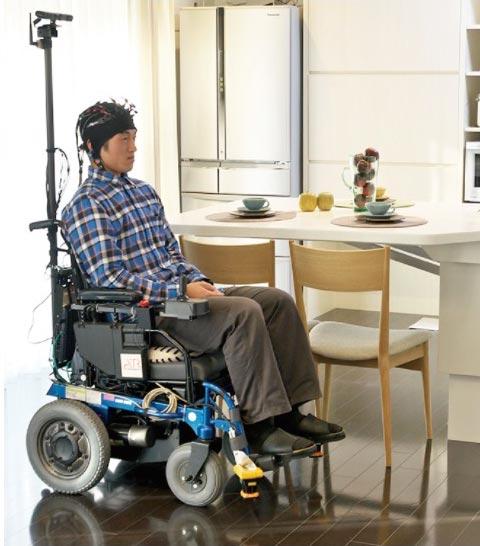
A "brain-machine interface" (ATR) to support autonomous daily life
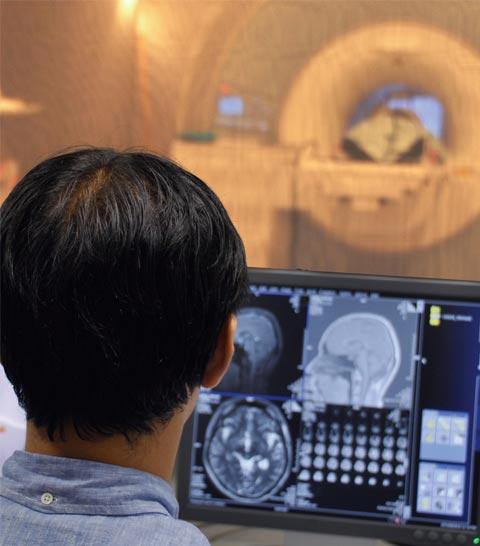
Brain studies utilizing fMRI and so on.
National Institute of Information and Communications Technology (NICT)
As the only information and communications focused public research institution, this facility is a driving force in research and development of Information and Communications Technology (ICT). In the Keihanna area, it works on drawing knowledge from data and information, applying data analysis technologies to social intelligence technologies, and overcoming barriers of language through research and development on multi-language translation technologies.
Advanced Speech Translation REsearch and development promotion Center (ASTREC)
ASTREC is the core research facility of the global communication plan, and is researching and developing multilingual speech translation technologies.
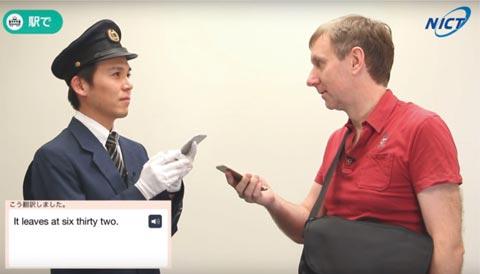
VoiceTra
Network-based multilingual speech translation system for smartphones
Universal Communication Research Institute (UCRI)
Developing processing technology that takes large volumes of text data available online, performs deep analysis on it, and makes it possible to automatically discover valuable combinations of information, and generate important hypothetical knowledge which can be presented through flexible input.
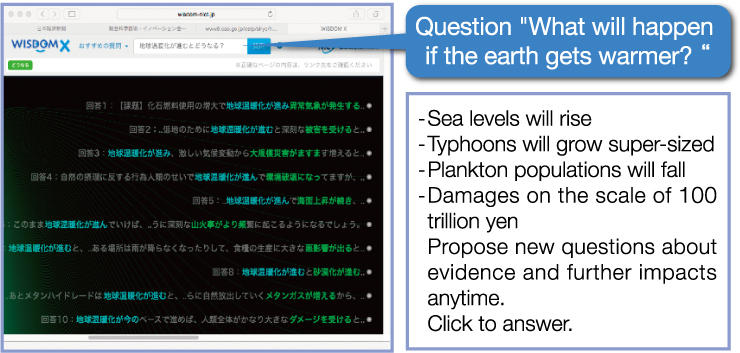
WISDOM X http://wisdom-nict.jp/
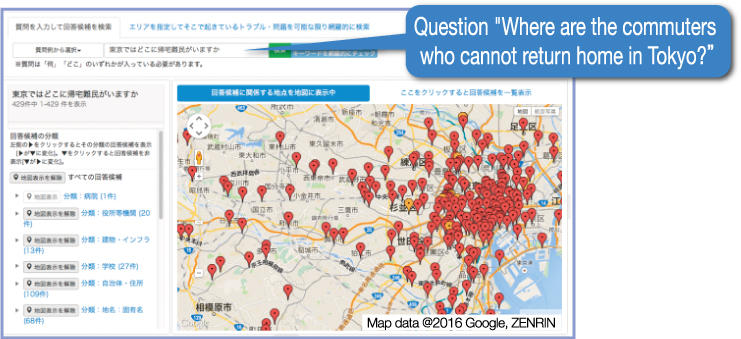
DISAANA http://disaana.jp/
National Institute for Quantum and Radiological Science and Technology
We are developing high intensity lasers such as J-KAREN which is at the cutting-edge of ultra-short pulse, high intensity lasers. We are also working to promote the use of high intensity laser devices for academic, medical, and industrial fields. For example, we have been developing compact accelerators applicable as particle beam cancer therapy equipment using laser acceleration technology, a high-speed inspection method for defects inside concrete using non-contact laser remote sensing, and a palm-sized non-invasive blood glucose sensor using a laser.

A palm-sized non-invasive blood glucose sensor using a laser.
No needles and no blood sampling.
This sensor is useful for day-to-day blood glucose level management and diabetes prevention, because its
measurement is quite simple, with only a touch of a finger. In addition, this sensor will reduce the burden on healthcare workers who perform blood sampling and data input of patients.
Furthermore, it is expected to increase the speed of treatment.
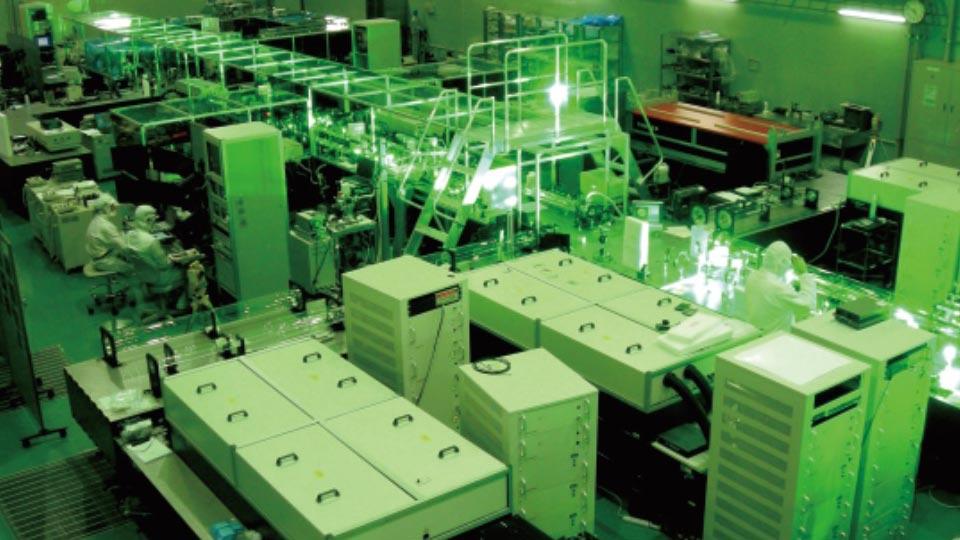
High peak power laser J-KAREN(QST)
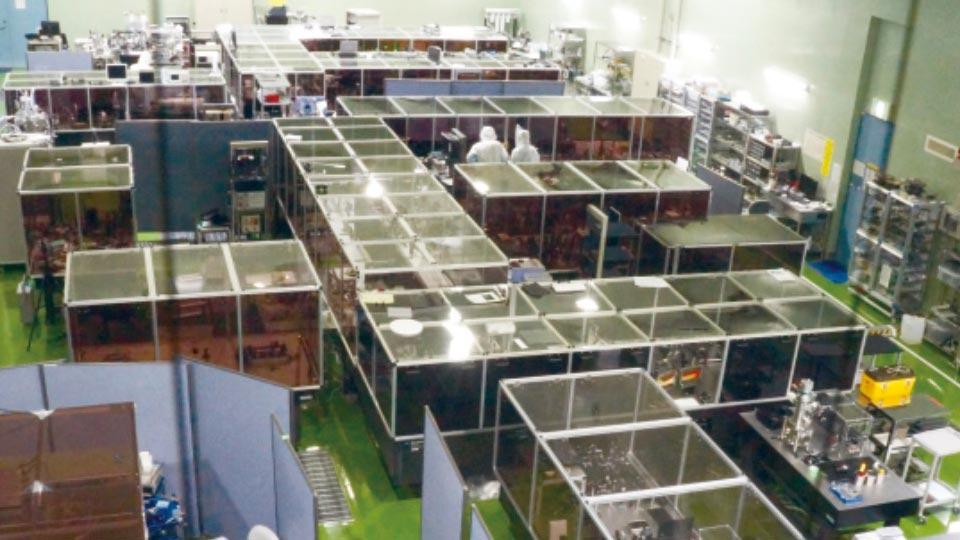
High average power laser QUADRA-T(QST)
Research Institute of Innovative Technology for the Earth(RITE)
We conduct research and development activities of innovative energy and environmental technologies as a center of excellence on the mitigation of global warming. Our focus areas are CCS technology, which captures CO2 from large emission sources such as electric power plants and factories and stores it in an underground aquifer, biorefinery technology to produce biofuels and green chemicals from non-food biomass, systematic study regarding policies and measures to mitigate global warming through the analysis and the evaluation of various countermeasures, and inorganic membranes to be applied for dehydrogenating process which is essential for realizing hydrogen society
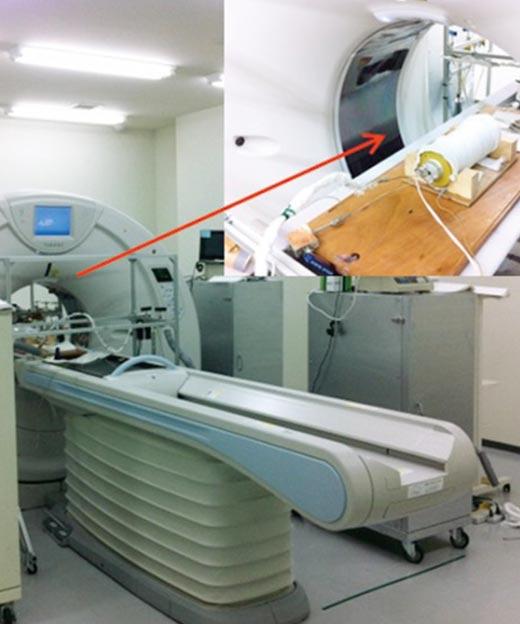
Visualization of CO2 distribution in a sample rock using X-ray CT
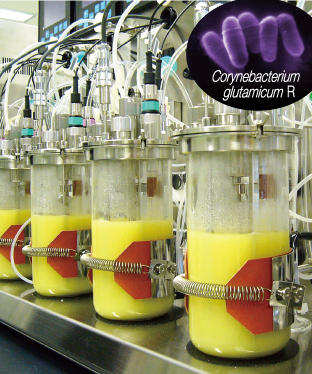
Bio-fuel and green chemicals production from non-food biomass by utilizing microorganism
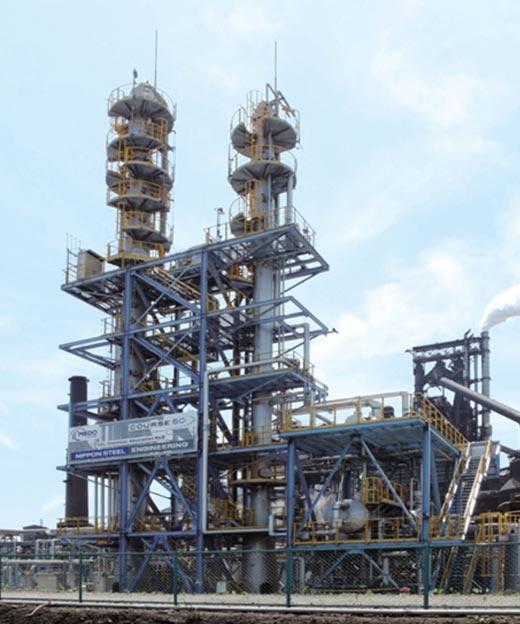
COURSE50 pilot plant for separating and capturing CO2 [CAT-30]
